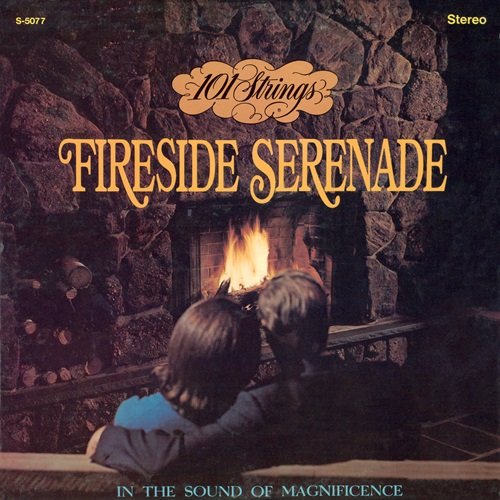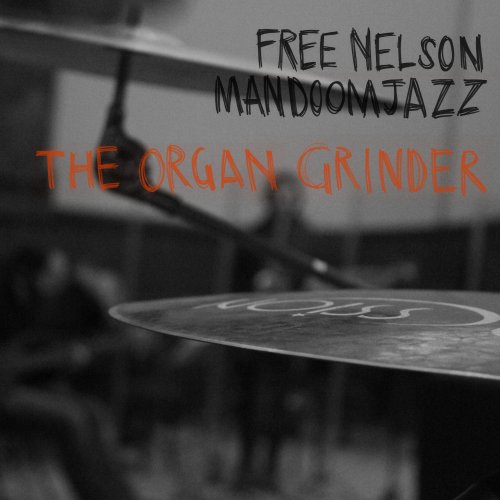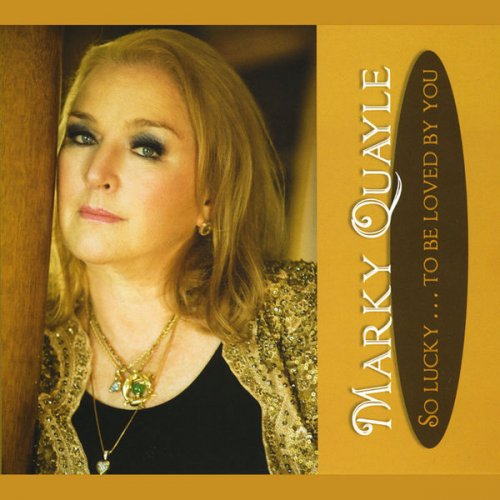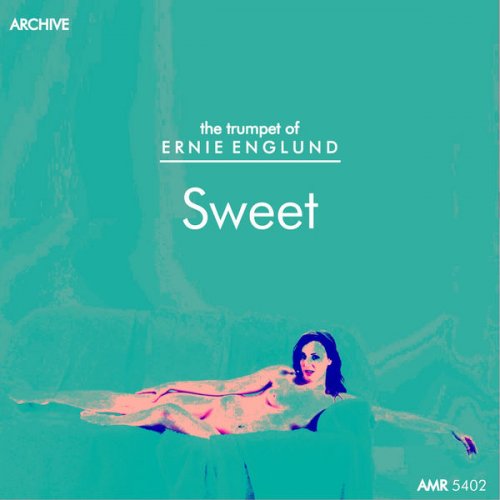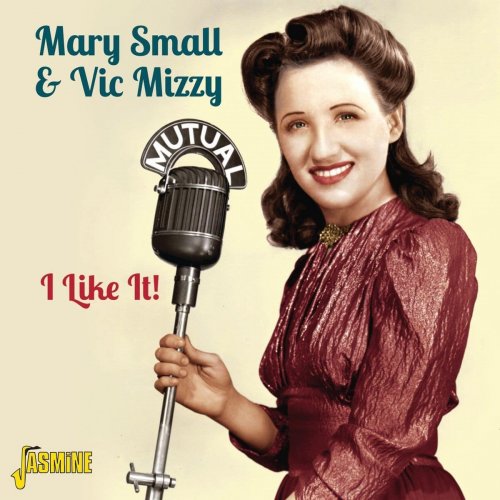Lapslap - Scratch (2009) 320

Artist: Lapslap
Title Of Album: Scratch
Year Of Release: 2009
Label: Leo Records
Genre: Free Improvisation, Electroacoustic
Quality: Mp3
Bitrate: 320 kbps
Total Time: 00:53:58
Total Size: 136 Mb
WebSite:
Tracklist:
01. Blau 4:15
02. Throat Horn 3:44
03. Zerbrotzeln 6:09
04. Kettle 5:12
05. Itchy 3:08
06. Seep 4:48
07. Pinned 4:50
08. Gelb 4:54
09. Bite 3:50
10. Blodflocke 2:11
11. Rustle 9:51
Personnel:
Michael Edwards: tenor saxophone (3,4,5,6,9,10), computer (7,11), midi wind controller (10)
Martin Parker: french horn (2,4,5,6), computer (7,11)
Karin Schistek: piano (1,4,5,6,7,8,10,11)
"Scratch" is the companion album to lapslap's debut CD "Itch" released in 2008 to a high critical acclaim. Michael Edwards (tenor sax, computer, midi wind controller), Martin Parker (french horn, computer), Karin Schistek (piano) freely combine computer solos with instrumental trios and any combination in between. The music draws from traditions ranging from avant-garde classical, free improv/free jazz through to improvised electroacoustic/glitch. - Leo Records
In contrast to its partner album, Scratch rather downplays the role of the computers and electronics. Its opening three tracks feature solo instrumental performances by Schistek, Parker, and Edwards respectively, affording the listener the chance to hear the key ingredients of the three tracks that follow, all of which are trio improvisations without a computer to be heard. All six tracks satisfy the craving created by Itch, and support the impression gained there of three improvisers bursting with creativity.
Intriguingly, Schistek is a synaesthete—one who actually experiences the sensation of colour when a sound is heard. This explains the references to colour in Lapslap pieces such as "Rhapsody in Light Yellow" and, here, her two solo piano pieces, "Blau" and "Gelb." The contrasts between the moods of these two pieces give some insight into the experiences of a synaesthete; while "Blau" is grandiose and majestic with a sense of deliberation, "Gelb" is more subdued and understated. They make an intriguing pair when heard back to back.
Only two of the albums pieces, "Pinned" and "Rustle," employ computers, and the sleevenotes of Scratch provide more explanation than those of Itch, informing us that Lapslap apply a loosely held rule to exercise control over their use: if the computer is not being "touched" then it does not make sound. This is a refreshing approach, as it avoids some of the less creative uses to which computers are put elsewhere, uses which can overwhelm the instrumental contributions. The two tracks demonstrate this admirable restraint, including the computers' music as an equal partner in the improvisations rather than as an added extra or a novelty ingredient.
In contrast to its partner album, Scratch rather downplays the role of the computers and electronics. Its opening three tracks feature solo instrumental performances by Schistek, Parker, and Edwards respectively, affording the listener the chance to hear the key ingredients of the three tracks that follow, all of which are trio improvisations without a computer to be heard. All six tracks satisfy the craving created by Itch, and support the impression gained there of three improvisers bursting with creativity.
Intriguingly, Schistek is a synaesthete—one who actually experiences the sensation of colour when a sound is heard. This explains the references to colour in Lapslap pieces such as "Rhapsody in Light Yellow" and, here, her two solo piano pieces, "Blau" and "Gelb." The contrasts between the moods of these two pieces give some insight into the experiences of a synaesthete; while "Blau" is grandiose and majestic with a sense of deliberation, "Gelb" is more subdued and understated. They make an intriguing pair when heard back to back.
Only two of the albums pieces, "Pinned" and "Rustle," employ computers, and the sleevenotes of Scratch provide more explanation than those of Itch, informing us that Lapslap apply a loosely held rule to exercise control over their use: if the computer is not being "touched" then it does not make sound. This is a refreshing approach, as it avoids some of the less creative uses to which computers are put elsewhere, uses which can overwhelm the instrumental contributions. The two tracks demonstrate this admirable restraint, including the computers' music as an equal partner in the improvisations rather than as an added extra or a novelty ingredient.
Download:
| |
| |
![Jack Steffen and His Orchestra - Cocktail Club (2026) [Hi-Res] Jack Steffen and His Orchestra - Cocktail Club (2026) [Hi-Res]](https://img.israbox.com/img/2026-01/02/v1reide2thsgtx1fsm6sxz8cq.jpg)
![Eamon Fogarty - Blue Values (2019) [Hi-Res] Eamon Fogarty - Blue Values (2019) [Hi-Res]](https://img.israbox.com/img/2025-12/31/fnyoext4e6wiju4r21ewan6w5.jpg)

![Organic Pulse Ensemble - Bamboo Noodles (2025) [Hi-Res] Organic Pulse Ensemble - Bamboo Noodles (2025) [Hi-Res]](https://www.dibpic.com/uploads/posts/2026-01/1767515726_l8l51uoc94s2b_600.jpg)
